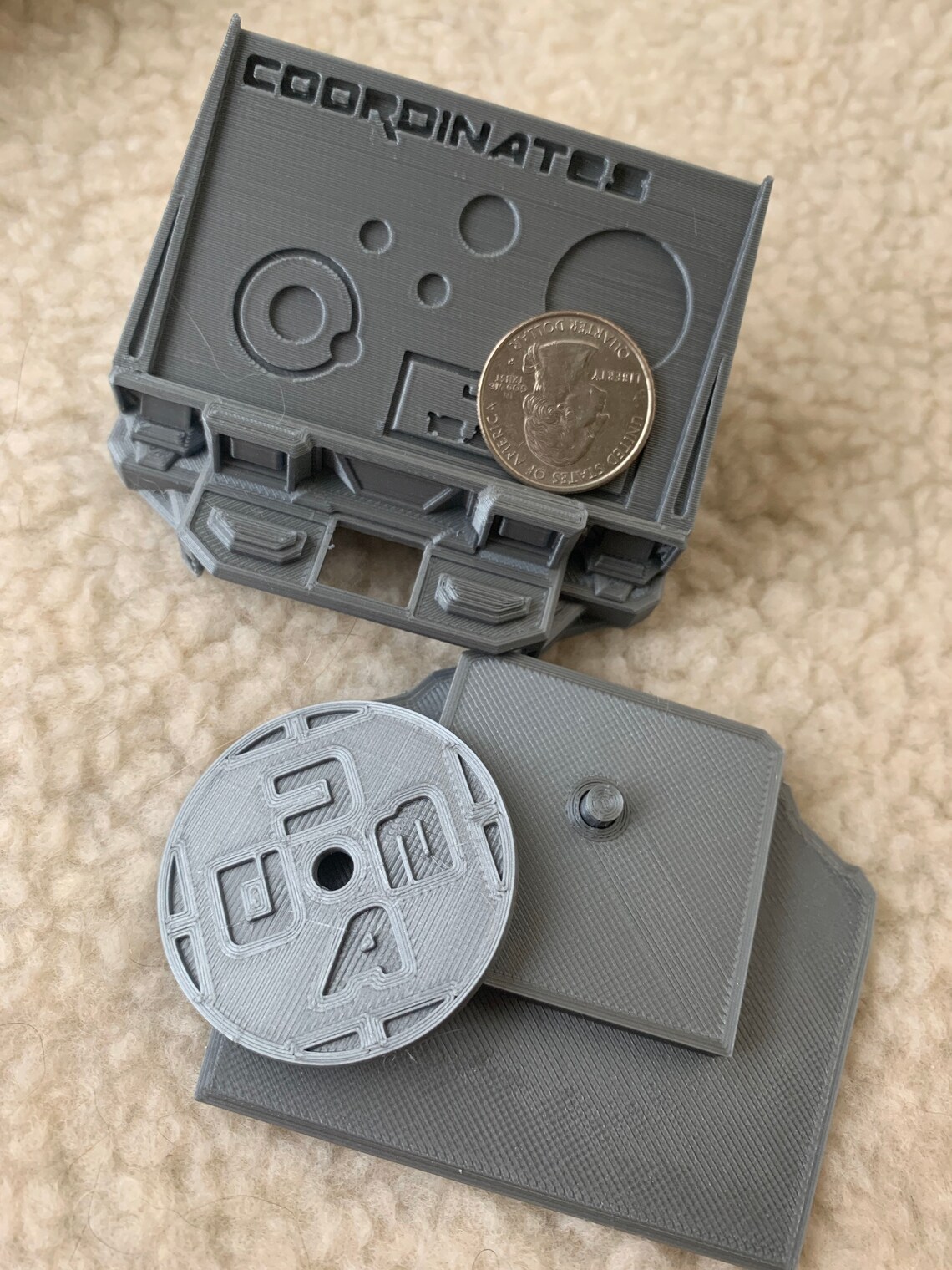

Whenever the application makes requests related to authentication or authorization to Web API, such as retrieving an access token or refreshing an access token, the error response follows RFC 6749 on the OAuth 2.0 Authorization Framework. Web API uses two different formats to describe an error: You can choose to resend the request again. Service Unavailable - The server is currently unable to handle the request due to a temporary condition which will be alleviated after some delay. You should never receive this error because our clever coders catch them all … but if you are unlucky enough to get one, please report it to us through a comment at the bottom of this page.īad Gateway - The server was acting as a gateway or proxy and received an invalid response from the upstream server. Too Many Requests - Rate limiting has been applied. This error can be due to a temporary or permanent condition. Not Found - The requested resource could not be found. Unauthorized - The request requires user authentication or, if the request included authorization credentials, authorization has been refused for those credentials.įorbidden - The server understood the request, but is refusing to fulfill it. The message body will contain more information see Response Schema. No Content - The request has succeeded but returns no message body.īad Request - The request could not be understood by the server due to malformed syntax. The client can read the result of the request in the body and the headers of the response.Ĭreated - The request has been fulfilled and resulted in a new resource being created.Īccepted - The request has been accepted for processing, but the processing has not been completed.
#HOUSE PARTY ICONSOLE COMMANDS ITEMS CODE#
Web API uses the following response status codes, as defined in the RFC 2616 and RFC 6585: Status Code For further information, see Working With Playlists. Note:To target changes to a particular historical playlist version and have those changes rolled through to the latest version, use playlistĮndpoints that also return a snapshot-id. Some endpoints support a way of paging the dataset, taking an offset and limit as query parameters: If the time is imprecise (for example, the date/time of an album release), an additional field indicates the precision see for example, release_date in an album object.
#HOUSE PARTY ICONSOLE COMMANDS ITEMS ISO#
Timestamps are returned in ISO 8601 format as Coordinated Universal Time (UTC) with a zero offset: YYYY-MM-DDTHH:MM:SSZ. Browse the reference documentation to find descriptions of common responses from each endpoint. Web API responses normally include a JSON object. The ID of the current user can be obtained via the Web API endpoint.Īn HTML link that opens a track, album, app, playlist or other Spotify resource in a Spotify client (which client is determined by the user’s device and account settings at.

The unique string identifying the Spotify user that you can find at the end of the Spotify URI for the user. The unique string identifying the Spotify category. Unlike a Spotify URI, a Spotify ID does not clearly identify the type of resource that information is provided elsewhere in the call. The base-62 identifier that you can find at the end of the Spotify URI (see above) for an artist, track, album, playlist, etc. To find a Spotify URI simply right-click (on Windows) or Ctrl-Click (on a Mac) on the artist’s or album’s or track’s name. The resource identifier that you can enter, for example, in the Spotify Desktop client’s search box to locate an artist, album, or track. In requests to the Web API and responses from it, you will frequently encounter the following parameters: PARAMETER Where possible, Web API uses appropriate HTTP verbs for each action: MethodĬhanges and/or replaces resources or collections Data resources are accessed via standard HTTPS requests in UTF-8 format to an API endpoint. The Spotify Web API is based on REST principles. Authorization is via the Spotify Accounts service. To access private data through the Web API, such as user profiles and playlists, an application must get the user’s permission to access the data. The API provides a set of endpoints, each with its own unique path. Such access is enabled through selective authorization, by the user. Web API also provides access to user related data, like playlists and music that the user saves in the Your Music library.

Note:By using Spotify developer tools, you accept the Spotify Developer Terms of Service.īased on simple REST principles, the Spotify Web API endpoints return JSON metadata about music artists, albums, and tracks, directly from the Spotify Data Catalogue.


 0 kommentar(er)
0 kommentar(er)
